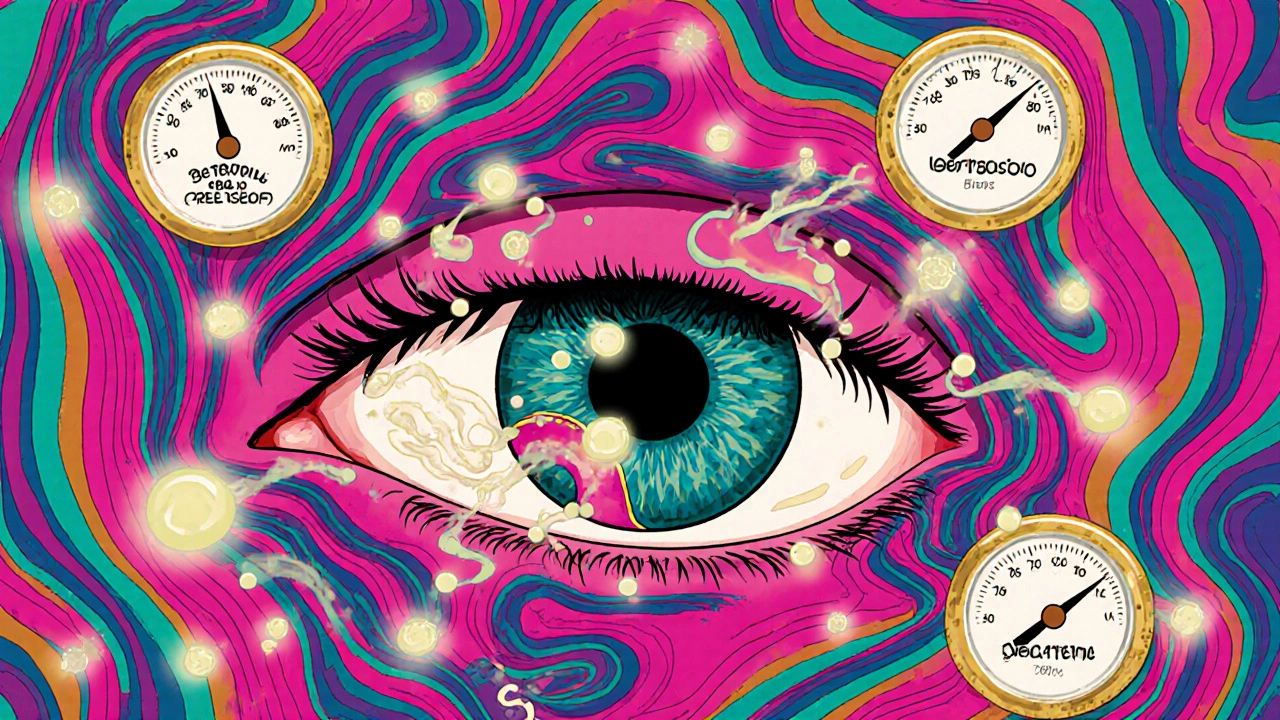
If you’ve been prescribed Betoptic (betaxolol) for glaucoma, you’re not alone. Thousands of people in the UK and beyond use it to lower eye pressure and protect their vision. But it’s not the only option. Many patients wonder: Betoptic works, but are there better, cheaper, or easier alternatives? The answer isn’t simple - it depends on your eyes, your health, and what side effects you can tolerate.
What Betoptic (Betaxolol) Actually Does
Betoptic is a beta-blocker eye drop. Its active ingredient, betaxolol, reduces the amount of fluid made inside your eye - called aqueous humor. Less fluid means lower pressure inside the eye, which slows damage to the optic nerve in open-angle glaucoma. It’s usually taken once or twice a day. Unlike some other glaucoma drops, Betoptic doesn’t significantly affect heart rate or breathing in most people, which makes it safer for those with mild asthma or COPD compared to older beta-blockers like timolol.
But it’s not perfect. Some users report stinging, blurred vision, or dry eyes. Others notice fatigue or a slow heartbeat. And while it’s effective, it doesn’t lower pressure as much as some newer options. Studies show Betoptic typically reduces intraocular pressure by 15-20%. That’s good - but not great - if your pressure is very high.
Top Alternatives to Betoptic
Here are the most commonly prescribed alternatives, grouped by how they work. Each has pros and cons.
1. Timolol (Timoptic, Cosopt)
Timolol is the original beta-blocker eye drop. It’s been around since the 1980s and is much cheaper than Betoptic. It lowers eye pressure by 20-30% - more than Betoptic. But it can worsen asthma, slow your heart too much, or cause depression. If you have lung or heart issues, your doctor will likely avoid timolol. Cosopt combines timolol with dorzolamide (a carbonic anhydrase inhibitor), which boosts pressure-lowering power but adds more side effects like a bitter taste and tingling fingers.
2. Latanoprost (Xalatan, Latanoprostene Bunod)
This is a prostaglandin analog - the most powerful class of glaucoma drops today. It works by increasing fluid drainage from the eye, not by reducing production. Latanoprost lowers pressure by 25-33%, often better than Betoptic. It’s taken just once a day, usually at night. Side effects? Darkening of the iris (permanent), longer eyelashes, and darkening of eyelid skin. These changes are harmless but noticeable. Many patients prefer it because it’s once-daily and very effective.
3. Brimonidine (Alphagan P)
Brimonidine is an alpha-2 agonist. It reduces fluid production and increases drainage. It lowers pressure by 20-25%, similar to Betoptic. But it can cause dry mouth, drowsiness, and allergic reactions like red, itchy eyes. Alphagan P (the preservative-free version) reduces the risk of irritation. It’s often used in combination with other drops. Some patients can’t tolerate it because of fatigue or low blood pressure.
4. Dorzolamide (Trusopt)
This carbonic anhydrase inhibitor cuts fluid production. It’s usually taken three times a day, which makes it harder to stick with. It lowers pressure by 15-20%, similar to Betoptic. Side effects include a metallic taste, burning eyes, and frequent urination. It’s rarely used alone now but works well combined with timolol (as Cosopt) or brimonidine (as Combigan).
5. Netarsudil (Rhopressa)
A newer option, approved in the UK in 2022. It works by improving drainage through the eye’s natural outflow system. It lowers pressure by 20-28%, comparable to prostaglandins. It’s taken once daily. Side effects include red eyes (in nearly 60% of users), tiny spots on the cornea, and eyelid swelling. It’s more expensive but useful for patients who don’t respond to older drugs.
6. Combination Drops (Combigan, Simbrinza, Cosopt)
If one drop isn’t enough, doctors often combine two medications into one bottle. Combigan has brimonidine + timolol. Simbrinza has brimonidine + brinzolamide. Cosopt has timolol + dorzolamide. These reduce the number of drops you need to use daily, which improves adherence. But they also combine side effects. If you’re on two separate drops, switching to a combo might simplify your routine - but only if your doctor thinks it’s safe.
How to Choose the Right Alternative
There’s no single best drug. Your choice depends on four things:
- Your eye pressure level - If your pressure is very high (above 25 mmHg), you likely need something stronger than Betoptic, like latanoprost or netarsudil.
- Your overall health - If you have asthma, avoid timolol. If you have low blood pressure or depression, be cautious with brimonidine. If you have heart block, beta-blockers like Betoptic may not be safe.
- Side effect tolerance - Do you mind red eyes? Long eyelashes? Dry mouth? These can be deal-breakers for some.
- Cost and convenience - Latanoprost is once-daily and often covered by NHS prescriptions. Betoptic may cost more and require twice-daily use. Combination drops cut down on bottles but cost more per unit.
A 2023 study in the British Journal of Ophthalmology followed 1,200 glaucoma patients over two years. Those switched from Betoptic to latanoprost saw a 30% greater drop in pressure and were 40% less likely to need surgery. Patients switched to netarsudil had similar pressure control but more eye redness. Those who stayed on Betoptic were more likely to need a second medication within 12 months.
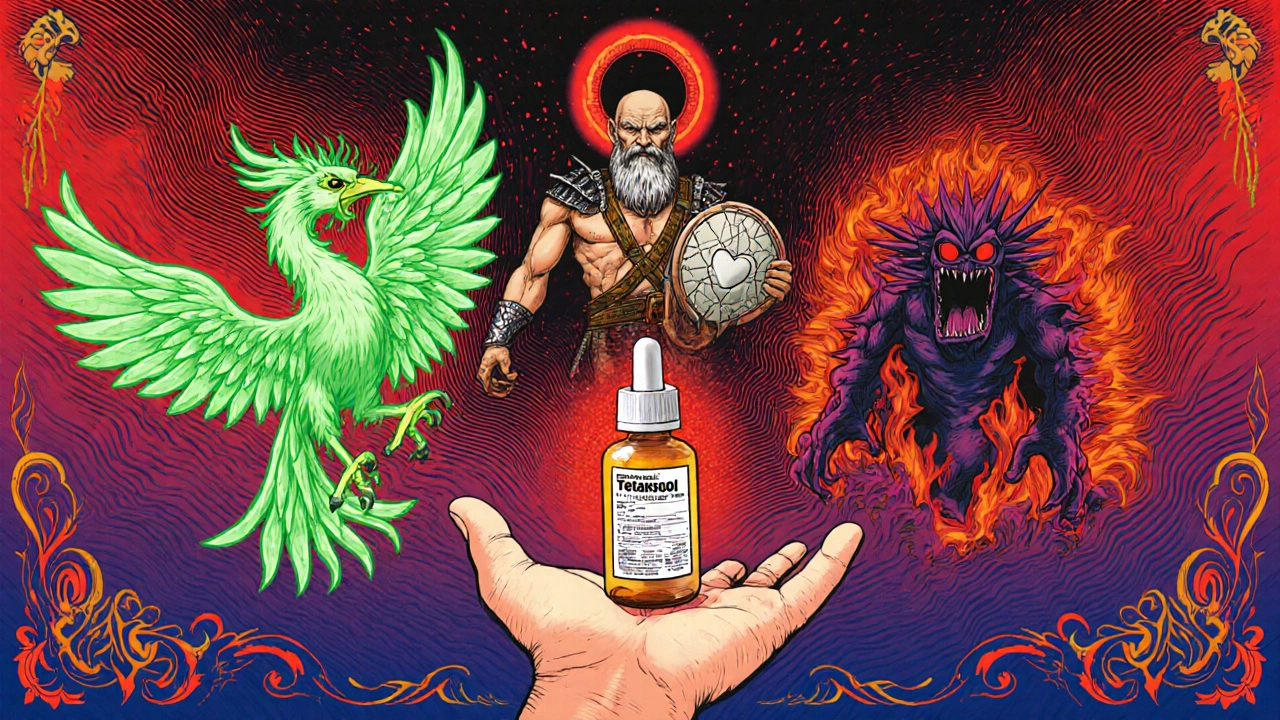
What Happens If You Switch?
Switching from Betoptic to another drop isn’t instant. Your doctor will likely monitor your eye pressure after two weeks. You might notice changes in how your eyes feel - less stinging with latanoprost, more redness with netarsudil. Don’t stop Betoptic suddenly. If you’re switching, your doctor will overlap the new drop with the old for a few days to avoid pressure spikes.
Some patients report better sleep with latanoprost because it’s taken at night. Others hate the eyelash growth. Some find brimonidine makes them too sleepy to drive. These aren’t just side effects - they’re lifestyle changes.
When to Stick With Betoptic
Even with newer options, Betoptic still has a place. It’s often the go-to for patients who:
- Have mild asthma or COPD (safer than timolol)
- Can’t tolerate prostaglandins due to iris darkening
- Have a history of low blood pressure and can’t handle brimonidine
- Are already stable on it with no side effects
If your pressure is controlled, your eyes feel fine, and you’re not struggling with twice-daily dosing, there’s no urgent reason to switch. Glaucoma treatment isn’t about finding the ‘best’ drug - it’s about finding the one you can use consistently.
Real Patient Experiences
One patient in Exeter, 68, switched from Betoptic to latanoprost after her pressure stayed at 26 despite using Betoptic twice daily. Within a month, her pressure dropped to 17. She noticed her eyelashes got longer - she liked it. Another, 72, tried brimonidine but felt so tired he couldn’t work his part-time job. He switched back to Betoptic. A third, 55, used Combigan for six months but developed red, burning eyes. His doctor switched him to netarsudil - his pressure improved, but his eyes stayed red. He now uses artificial tears twice a day.
These aren’t rare cases. They’re everyday stories. Glaucoma treatment is personal. What works for your neighbour might not work for you.
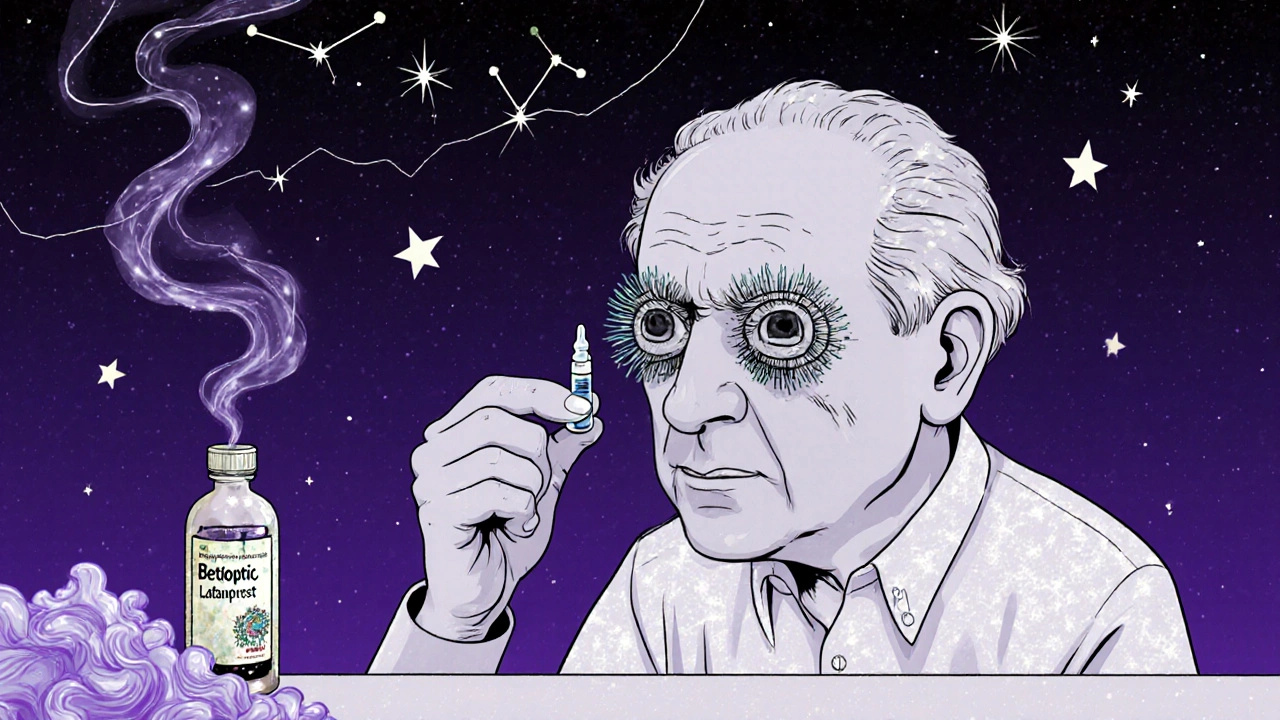
What About Natural Options?
Some people ask about herbal supplements, acupuncture, or diet changes. There’s no solid evidence that any supplement - including bilberry, ginkgo, or omega-3s - reliably lowers eye pressure. Some, like high-dose vitamin C, may even raise pressure. Don’t replace your prescribed drop with a supplement. If you want to support eye health, focus on: regular exercise, not smoking, and keeping blood pressure and blood sugar in check. These help protect your optic nerve - but they don’t replace medication.
Final Thoughts
Betoptic is a solid, well-tolerated option - but it’s not the most powerful or convenient. Latanoprost is often the top choice for its strength and once-daily use. Netarsudil is promising for those who haven’t responded to other drugs. Timolol is cheaper but riskier for some. Combination drops simplify routines but add side effects.
Your job isn’t to pick the ‘best’ drug. It’s to find the one that keeps your pressure low, fits your life, and doesn’t make you feel worse than the disease. Talk to your ophthalmologist. Ask: ‘What’s the goal for my pressure? What are the trade-offs here?’ Write down your concerns about side effects. Bring a list of all your other medications. Bring your current eye drop bottle.
Glaucoma is a silent disease. You won’t feel the damage until it’s too late. But you can control it - with the right drop, at the right time, every day.
Is Betoptic better than timolol for glaucoma?
Betoptic is safer than timolol for people with asthma or heart conditions because it’s more selective and less likely to affect breathing or heart rate. But timolol lowers eye pressure more effectively - by 20-30% versus Betoptic’s 15-20%. If you don’t have lung or heart issues, timolol is often preferred for its stronger effect and lower cost.
Can I switch from Betoptic to latanoprost on my own?
No. Never switch glaucoma medications without your doctor’s guidance. Stopping Betoptic suddenly can cause a dangerous spike in eye pressure. Your doctor will guide you through a safe transition, often overlapping the two drops for a few days to prevent pressure rebound.
Do glaucoma eye drops cause permanent changes?
Yes, in some cases. Latanoprost and similar prostaglandins can cause permanent darkening of the iris (especially in hazel or green eyes) and longer, darker eyelashes. These are harmless but noticeable. Other drops don’t cause this. If appearance matters to you, discuss this before starting.
Are generic versions of Betoptic available?
Yes. Betaxolol is available as a generic eye drop in the UK under the NHS. It’s the same active ingredient, same strength, and same effectiveness as the brand-name Betoptic. The only difference is the price - generics cost significantly less. Ask your pharmacist or doctor if you’re eligible for the generic version.
How long does it take for a new eye drop to work?
Most glaucoma drops start working within a few hours, but it takes about 2-4 weeks to reach their full effect. Your doctor will usually check your eye pressure 2-3 weeks after switching to see if the new drop is working well enough. Don’t assume it’s not working if you don’t feel a difference - glaucoma doesn’t cause symptoms until damage is advanced.
Next Steps
If you’re on Betoptic and wondering about alternatives:
- Check your last eye pressure reading - is it still above your target?
- Write down any side effects you’ve noticed - dry eyes, fatigue, redness?
- Look at your daily routine - can you manage two drops a day, or do you need once-daily?
- Ask your ophthalmologist: ‘What’s my pressure goal? What’s the next step if this isn’t enough?’
Glaucoma treatment isn’t a one-time decision. It’s a long-term plan. The right drop today might not be the right one in two years. Stay in touch with your eye doctor. Keep your appointments. And don’t be afraid to speak up if something isn’t working - your vision depends on it.


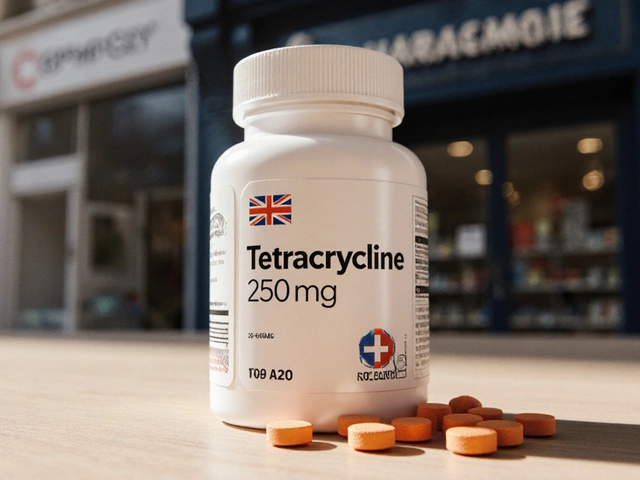

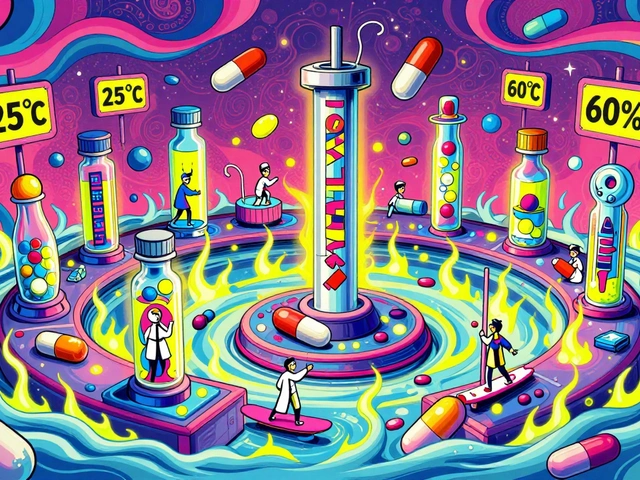
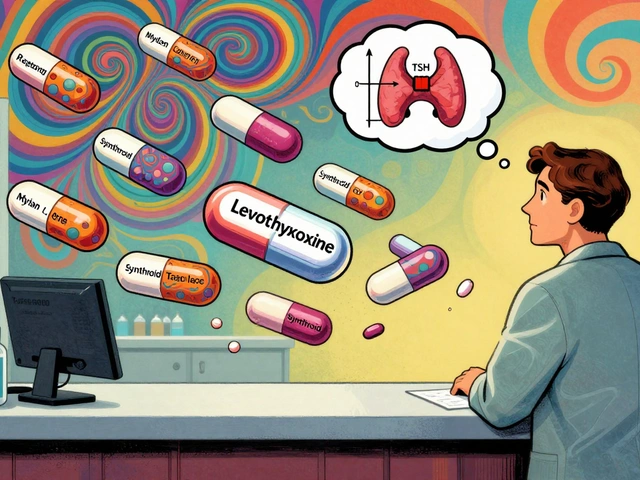
Nawal Albakri
November 1, 2025 AT 04:25betoptic is just another pharma scam to keep us dependent. they dont want us to cure glaucoma they want us to buy drops forever. did you know the real cure is in the amazon? but big pharma bought all the patents. i saw a video where a shaman used a plant from peru and people saw better in 3 days. why isnt this on nhs? because money. theyll let you go blind before they let you be free.
Megan Oftedal
November 1, 2025 AT 21:04I just wanted to say thank you for this incredibly thorough breakdown. I’ve been on Betoptic for 3 years and honestly never knew how it worked under the hood. The comparison chart alone helped me understand why my pressure keeps creeping up. I’m scheduling a consult next week to ask about latanoprost. Your writing is so clear - rare these days!
Musa Aminu
November 2, 2025 AT 04:01Y’all in the US and UK think you got it bad? In Nigeria we pay $50 a month for one drop if we can even find it. No generics. No NHS. No doctors who know what glaucoma is. We use tea leaves and prayers. Betoptic? We don’t even know what that sounds like. Your first world problems are embarrassing. At least you got a choice.
robert maisha
November 4, 2025 AT 02:11The pharmacological mechanism of betaxolol as a selective beta-1 adrenergic antagonist offers a clinically significant advantage in patients with comorbid pulmonary conditions however the efficacy ceiling remains suboptimal relative to prostaglandin analogs which act via uveoscleral outflow enhancement the data from the british journal of ophthalmology 2023 suggests that therapeutic substitution toward latanoprost yields superior intraocular pressure reduction and decreased surgical intervention rates this is not merely a matter of preference but of evidence based clinical optimization
Alexander Ståhlberg
November 5, 2025 AT 02:53Let me tell you something nobody else will. Betoptic isn’t just a drug - it’s a psychological trap. They give you something that barely works so you think you’re doing enough. Meanwhile your optic nerve is dying quietly. You take it because you’re scared to switch. You’re scared of the red eyes the lashes the cost the unknown. But here’s the truth - the real danger isn’t the side effects. The real danger is staying on something that’s holding you back from living. Latanoprost isn’t just better - it’s freedom. And if you’re still on Betoptic after reading this you’re not being careful - you’re being cowardly. I’ve been there. I switched. My pressure dropped. My vision stopped slipping. Don’t wait until you can’t read your grandkid’s face.
Robert Andersen
November 5, 2025 AT 17:02So if latanoprost lowers pressure more and is once a day why isn’t everyone on it? Cost? Side effects? I’ve heard the eyelash thing is wild - like full on anime lashes. My aunt got it and her husband said she looked like a vampire model. But she said she didn’t care. I think if you can handle the red eyes and the price then it’s the obvious pick. Betoptic feels like a backup plan.
Eric Donald
November 7, 2025 AT 03:19This is one of the clearest, most balanced explanations of glaucoma treatment options I’ve read. The emphasis on individual fit over ‘best’ drug is exactly right. I’ve seen too many patients pressured into switching without considering lifestyle or tolerance. A stable patient on Betoptic with no side effects and controlled pressure doesn’t need to change. Medicine isn’t about upgrades - it’s about sustainability. Thank you for honoring that nuance.
Brenda Flores
November 7, 2025 AT 04:47Thank you for sharing this! I’m so grateful for posts like this - they make me feel less alone in this journey. I switched from Betoptic to latanoprost last year and yes, my lashes are wild now 😅 but my pressure is stable and I only use one drop a night. I used to forget the second dose and now I just set a bedtime alarm. Also - generics are a lifesaver! I pay £2.50 a month now. Bless the NHS. 🙏
Jackie R
November 8, 2025 AT 11:30Anyone on Betoptic is just lazy. If you’re not on latanoprost or netarsudil you’re not trying. Your vision isn’t worth a twice-daily drop that barely moves the needle. Stop making excuses. This isn’t a preference - it’s negligence.
Josh Arce
November 8, 2025 AT 12:51Wait so netarsudil makes your eyes red 60% of the time? That’s not a drug that’s a horror movie. Why would anyone take that? Sounds like a scam. Betoptic is fine. I’ve had it for 5 years. No red eyes. No lashes. No drama. Why fix what ain’t broke? You people overthink everything.
Eli Grinvald
November 8, 2025 AT 19:40My mom’s been on Betoptic for 7 years. She never complained until last month when her vision got blurry. We switched her to latanoprost and now she says she feels like she can see the stars again. She’s 81. She didn’t want to change because she was scared. But you know what? She’s glad she did. Just… don’t wait until it’s too late. Talk to your doc. 💙